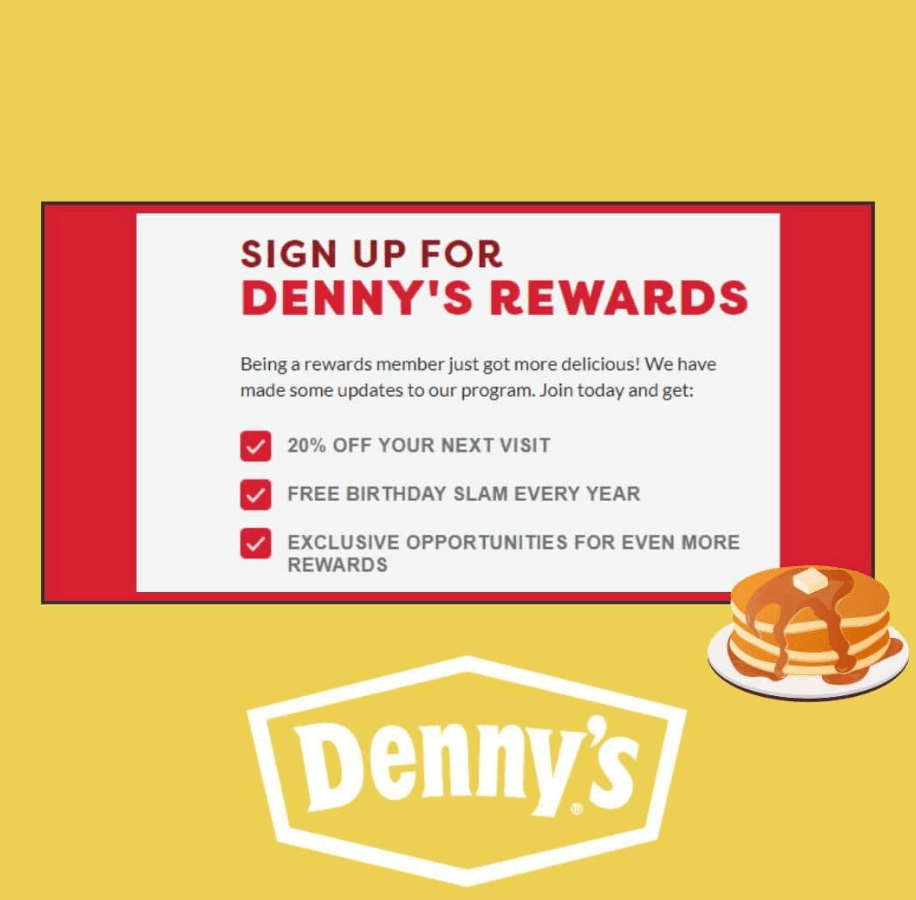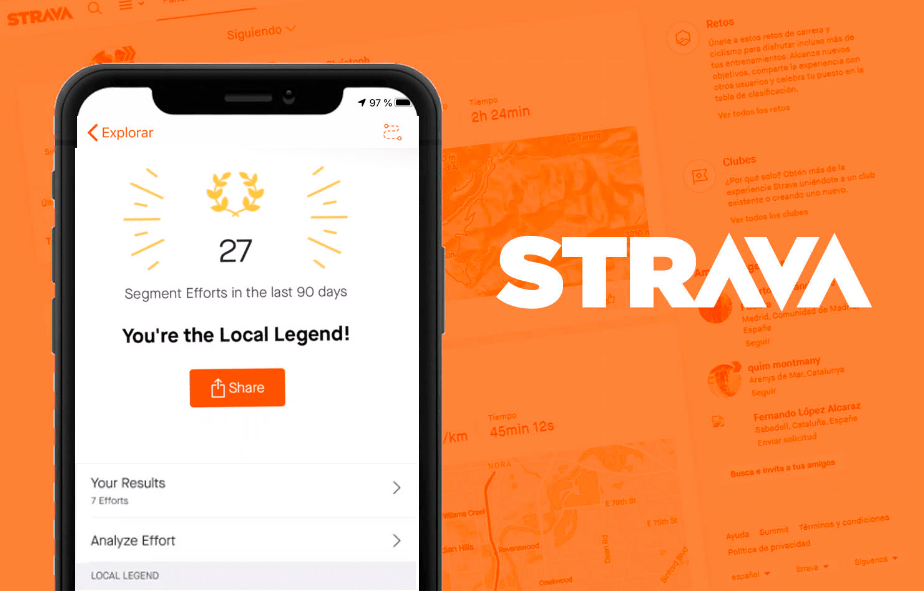Gamification is becoming an increasingly popular way of engaging customers and encouraging loyalty. Incorporating elements of gaming into customer loyalty programs can provide a wide range of benefits, including improved customer engagement and increased customer retention.
The beauty of digital transformation is that it can leverage far greater customer engagement and brand loyalty for your business. By incorporating gamification into your existing loyalty programs, it’s possible to stand out from your competitors with a platform that keeps customer retention high.
Today, it’s not unusual for customers to complete challenges to earn rewards, collect digital badges, and battle rivals to climb leaderboards. While these concepts are often key to the world of video games, they’re becoming prevalent in the business world, too.
Gamification doesn’t only help to leverage more immersive interactive experiences for your customers, it also has the potential to build deeper and more meaningful connections with your most loyal recurring customers.
Studies suggest that around a third of customers want game elements within their loyalty programs. As much as 60% of customers are more likely to make a purchase if they enjoy your gamified elements.
Businesses can use gamification for more than customer engagement, and certain strategies may help uncover more insights into customer behavior. With this in mind, let’s take a deeper look into how you can utilize gamification to develop a successful loyalty program:
1. Audit Existing Loyalty Programs
Although it can be a tricky process, a customer loyalty program audit will help to provide a holistic view of what you already have at your disposal and where improvements can be made.
By exploring existing metrics about how customers are engaging with your platform and services, you can identify how to track your program’s success and where you’ll be able to measure its performance.
You can also use your audit to compare your existing programs to other loyalty schemes in your market. This can effectively tap into successful processes and make them work for your brand.
2. Build Gamification Objectives
You may have identified a few gamification ideas from your competitors, or you could have your own ideas in mind. While it’s good to have clear ideas of how to shape your gamification plan, it’s important to have clear business objectives, too.
Consider what you want to achieve with your loyalty program, and implement gamification to help support these goals. Do you want more customers interacting with your brick-and-mortar stores? Are you hoping to build more comprehensive retention programs? Or are you intent on maximizing your conversion rates?
It’s also important for you to understand who your customers are and what motivates them to engage in your business. This will help you to make an accessible experience for all to enjoy.
3. Get Your Incentives Right
Before you can start retaining your customers and building their loyalty through gamification, you’ll need to incentivize them to use your loyalty program.
Incentivizing sign-ups can help to encourage more sign-ups for your program to help them to continue using your brand to boost their loyalty incentives. Statistically, 75% of consumers will likely make another purchase if offered an initial incentive.

(Image Source: Facebook)
For example, restaurant Denny’s offers guests 20% off their first meal when signing up for the Denny’s Rewards program. Once signed up, incentives include exclusive mailing list deals and a free birthday gift.
4. Surveys and Quizzes Help You to Know Your Customer
Gamification isn’t just about retaining customers and building loyalty. It’s also possible to use surveys and quizzes to help improve segmentation and profiling.
Implementing visually engaging quizzes can help you understand your customers' likes, dislikes, and preferences. This will empower you to deliver more focused advertising campaigns and can provide you with a bespoke focus group to provide more cost-effective insights.
5. Leaderboards Bring Healthy Social Competition
Leaderboards can provide a greater competitive edge in your loyalty program and drive greater customer engagement volumes.
More competition for a limited pool of rewards may encourage more store visits, a higher volume of product orders, or more sustained usage of apps and software.
By competing with other customers to enter the leaderboards, customers can become more engaged and motivated by the prospect of their efforts being rewarded. However, it’s important to strike a balance, as others may see the introduction of a competitive element as cynical.
In addition to this, a more local aspect can be introduced to your loyalty scheme. Think of the ‘people in your area’ feature that shows what local residents are watching when signing into Netflix and Amazon Prime.

(Image Source: Capo Velo)
Strava’s ‘local legend’ function provides users with an accolade if they’ve become the best performer in a certain area, and this can help your customers to become recognized as their local community’s biggest fans.
Standing Out From Your Rivals
Loyalty programs using gamified elements are a great means of helping your business to outmaneuver its rivals. While your competitors could also offer rewards, the addition of a gaming aspect can be a game-changer for encouraging more customer retention and in discovering what motivates customers to visit your store or app.
By setting the right objectives and incentives, you can enjoy a more engaged and lucrative customer engagement flow long into the future.
Hire a branding agency to help with your company's marketing objectives.